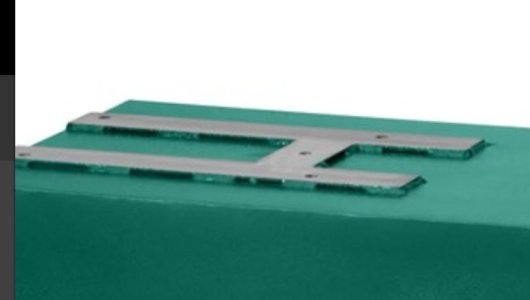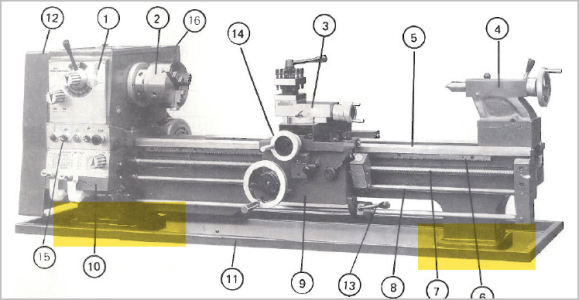I recently bought a welding setup to start learning basic welding in my "spare" time, and I'd really like to find someone local who can teach me the basics. I know I can just use Youtube and learn myself by building projects, but I'd like to excellerate the learning process (if possible) by having someone walk me through the basics. Hopefully, that way I can try and avoid common mistakes, as well as avoiding bad habits. I'd like to build a new lathe stand very soon and would rather not spend months fumbling my way through that project. 🙂
I'm more than happy to pay them for the lessons, I just don't want to have to take a full course at a community college as I have no intentions of making it into a career. And my searches for workshops hasn't really turned up any results.
Thanks,
Jason
I'm more than happy to pay them for the lessons, I just don't want to have to take a full course at a community college as I have no intentions of making it into a career. And my searches for workshops hasn't really turned up any results.
Thanks,
Jason



